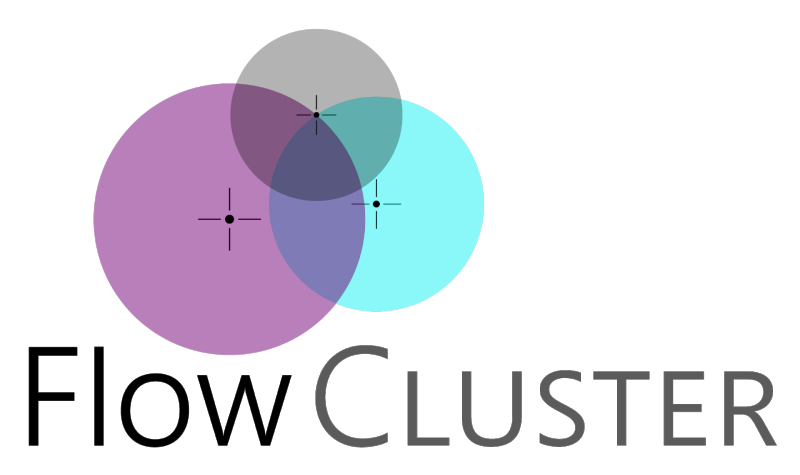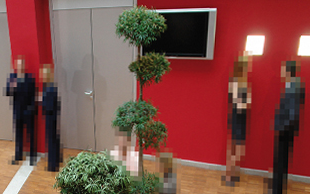
In EnterTrain, new, innovative technology for sensing relevant mobility and gaming characteristics of individuals is used to drive a personalized gaming platform that serves the needs of the end-users in their private homes and increases their quality of life. Interoperability with existing AAL systems and services is guaranteed by relying on open standards and a … Continue reading EnterTrain →

READ (Recognition and Enrichment of Archival Documents) The overall objective of READ is to implement a Virtual Research Environment where archivists, humanities scholars, computer scientists and volunteers are collaborating with the ultimate goal of boosting research, innovation, development and usage of cutting edge technology for the automated recognition, transcription, indexing and enrichment of handwritten archival … Continue reading READ →

The project DeVisOR – ‘Detection and Visualization of Unexploded Ordnance Risks’ – is concerned with the analysis of historic air photos (images) with the overall goal of detecting unexploded bombs. This work is performed by the Luftbilddatenbank Dr. Carls GmbH, Vienna. In the DeVisOR project interactive software tools are developed that will support the work … Continue reading DeVisOR →

FORensic Marks Search IT unterstütze Suche in großen Werkzeug- und Formspurendatenbanken FORMS liefert ein schnelles, innovatives Verfahren zum (semi-)automatischen Suchen und Auffinden ähnlicher Form- und Werkzeugspuren in Kriminaldelikten. Es ermöglicht einen maschinellen Abgleich sowohl von Spur und Werkzeug, als auch von Spur mit weiterer Spur wie beispielsweise im Falle von Tatserien. Hierbei werden die Daten … Continue reading FORMS →

Continuing the ASF-project The Sinaitic Sacramentary (Euchologium) Fragments, this project continues the interdisciplinary collaboration of the Institute of Slavic Studies (ISS), University of Vienna (humanities), the Computer Vision Lab, Vienna University of Technology (computer scientists) and the Institute of Science and Technology in Art (ISTA), Academy of Fine Arts Vienna (chemists).It is devoted to the … Continue reading The Enigma of the Sinaitic Glagolitic Tradition →

Automated MRD-Assessment in Acute Myeloid Leukemia (AML) A major clinical focus of current international interest lies in the development of robust methodology to assess therapy response in AML, the most dangerous subtype of leukemia in children. FCM could be the most widely available and most broadly applicable methodology for this aim, but there exists no … Continue reading FlowCLUSTER →

The goal of this project is to analyze snippets of “manually” torn documents. A reconstruction of fragmented writing materials allows to retrieve and to analyze the lost content. This is done on objects of cultural and historic value, or for crime investigation as example. Reassembling algorithms use either the shape of the fragments, the content … Continue reading DIR – Document Information Retrieval →

Im laufenden Projekt des Instituts für Kulturgeschichte der Antike der Österreichischen Akademie der Wissenschaften „Zyprische Eisenzeit aus dem Kunsthistorischen Museum Wien“ wird das Scannen der 145 Objekte durch die finanzielle Unterstützung der Kulturabteilung der Stadt Wien ermöglicht. Projekt Details Finanzierung: Kulturabteilung der Stadt Wien Kooperationspartner: Institut für Kulturgeschichte der Antike

The goal of Privicy is the development of a surveillance system which automatically respects the privacy of people involved. The contribution of CVL is twofold: a scientific background to the problem and a closer look on robust tracking algorithms. The development includes the following steps: Research on State-of-the-Art people tracker and anonymizing algorithms Evaluation of … Continue reading Privicy →

…stands for Fear Elimination As Resolution for Loosing Elderly’s Substantial Sorrows, a project designed to detect a wide range of risks with a single sensor unit, enhancing mobility and enabling elderly to take active part in the self-serve society by reducing their fears. Another main focus of this project is the lack of expertise at … Continue reading fearless →










